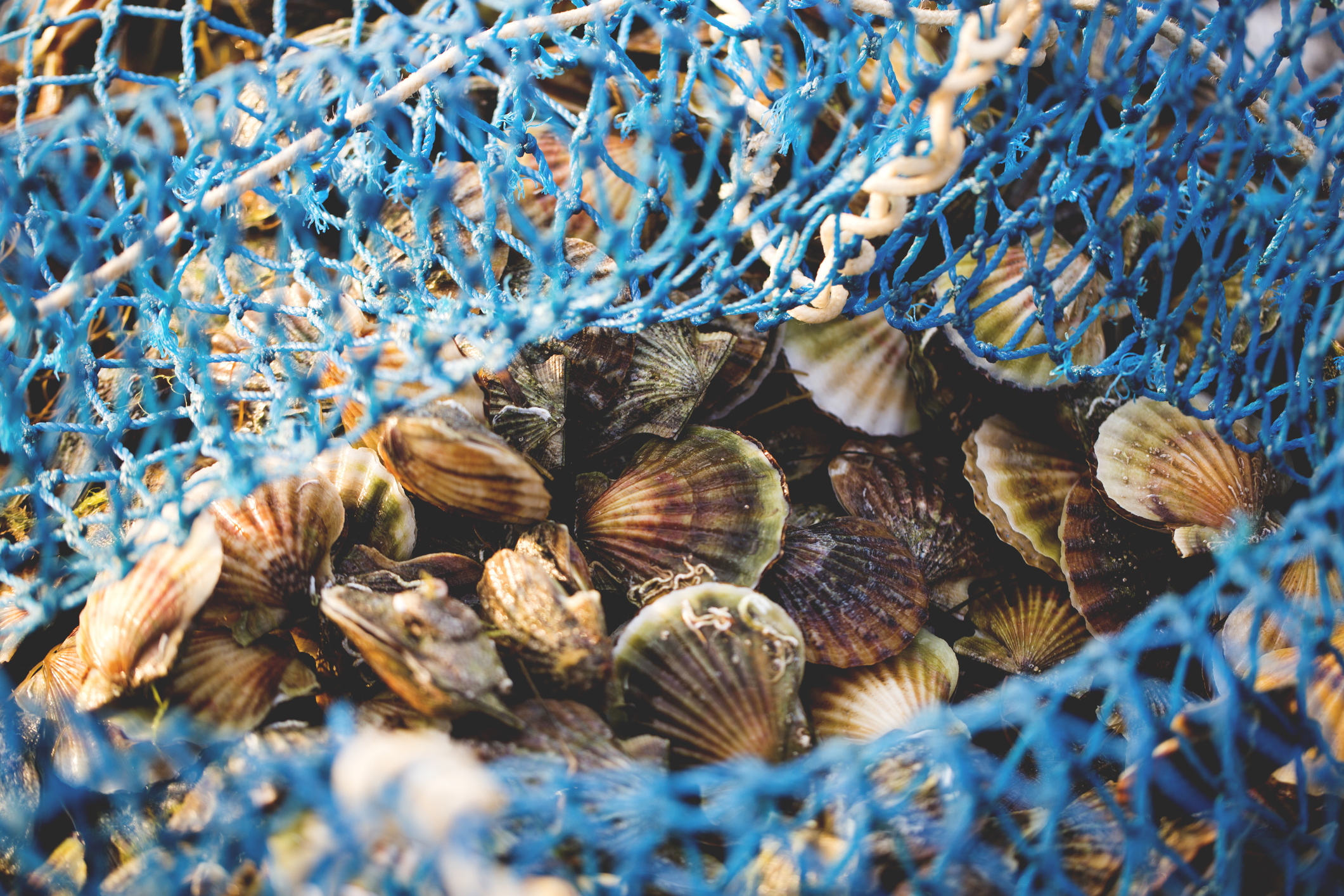Selective Breeding Program Aims to End Peconic Bay Scallop Scarcity

Every year since 2019 the bay scallop population in the Peconic Bay, a scenic waterway that lies between the North Fork and South Fork of Long Island, has suffered a die-off.
Now, scientists at Stony Brook University, in conjunction with Cornell Cooperative Extension of Suffolk County, have embarked on a program to address the struggling scallop population in Peconic Bay: selective breeding.
These scientists recently received $240,000 from New York Sea Grant to research a selective breeding program for the scallop population.
New York Sea Grant is a network of “integrated research, education and extension services promoting coastal community economic vitality, environmental sustainability and citizens’ awareness about New York’s marine and Great Lake resources,” a state press release says. Aside from fishing, Peconic Bay is known for its calm waters in the summer, making it ideal for sailing for New Yorkers and East Enders. Its shores are also a popular vacation spot.
Peconic Bay scallops are now being cultivated in tanks in a hatchery in Southold. They are the offspring of shellfish from nearby Moriches Bay, where there are healthier scallops.
Last July, the state’s Department of Commerce declared the state’s bay scallop fisheries a fishery resource disaster, making it eligible for disaster aid.
The plan is to spawn scallops from nearby Moriches Bay, since they appear to be thriving. Those scallops will then be introduced into the Peconic scallop population.
Harrison Tobi, aquaculture and shellfish specialist for Cornell, says that experts decided to spawn Moriches Bay scallops after they found they had a “really robust population” compared with Peconic Bay. The experts say they believe the scallops in Peconic Bay have suffered from a pathogen called microsporidia, a group of spore-forming unicellular parasites.
In laymen’s terms, they are fungi. The scallops in Peconic Bay are also believed to be impacted by rising water temperatures, although why that has not affected scallops in Moriches Bay is not known.
Tobi says he and other experts think that Moriches scallops may possess a genotype of tolerance to the pathogen. Marine scientists are still studying the genetics of Moriches Bay scallops to further understand why they are thriving better than scallops in Peconic Bay.
The experts hope to see some results from their work this summer.
Tobi says up to 200,000 scallops could be planted by the end of spring in the Peconic. He says they will mix with existing scallops and share the advantages they may have.
Tobi shares this is not the first time scallops from outside the Peconic have been used to boost the local population. Cornell last year used scallops of the same species from Martha’s Vineyard to test survival rates. Scientists found they did better than the ones from Peconic Bay.
The spawning process is complex. Marine biologists earlier this year used a Cornell shellfish hatchery at Cedar Beach in Southold. That, they said, would give the scallops a chance to grow larger before being seeded in the wild.
At the hatchery, the scallops are fed algae. The expectation is that they will grow to be about the size of dimes.
They will then be moved to a spawning sanctuary in Orient Harbor, where they are to be monitored and further grown, for at least two years before being seeded in beds in the Peconic.
Some 300 scallops from Moriches Bay were used to produce some two million fertilized eggs. Scientists say more than one million have grown into scallops.
Tobi says the hope is that by spawning scallops from Moriches Bay and using them in planting efforts, they can take their genetics or genotype and pass it to their offspring.
The ultimate goal is to restore the fishery in the Peconic. Scientists say there has been over $1 million reduction in dockside value due to the die-off in the Peconic.
Selective breeding has been around for hundreds of years but has not been used before to deal with the problems in Peconic Bay.
Tobi says he believes the Stony Brook-Cornell effort will work out.
“The baymen will ultimately tell you,” he says, noting that the fishing industry has been a staple of the East End’s economy for generations. “But I’m very confident this selective breeding will be successful.”



